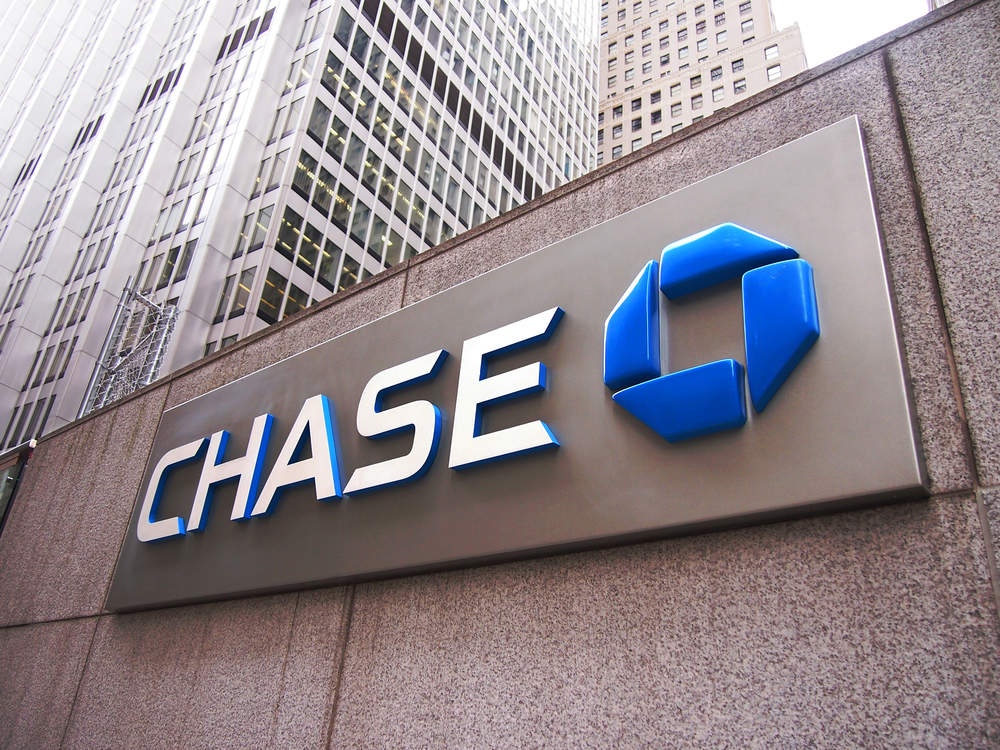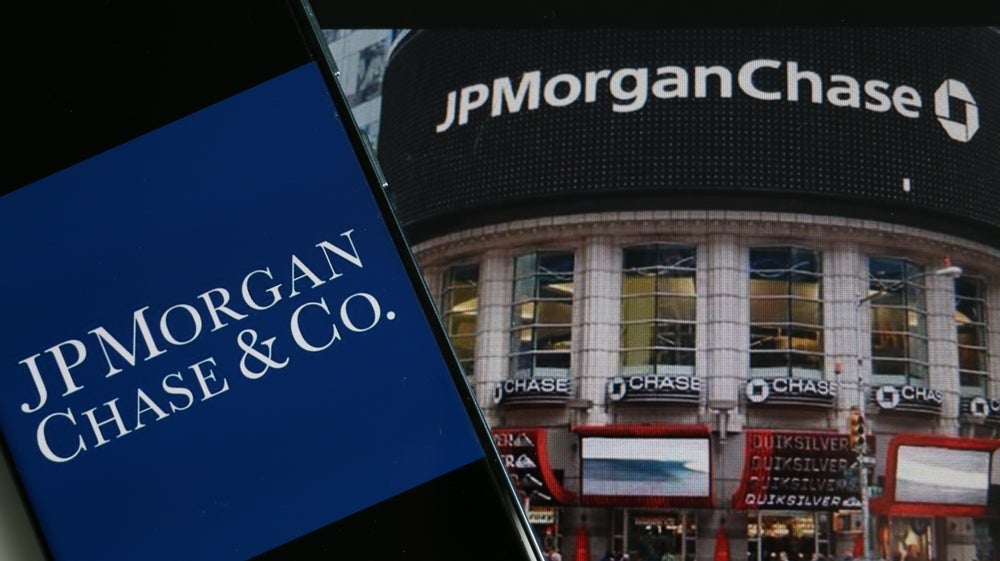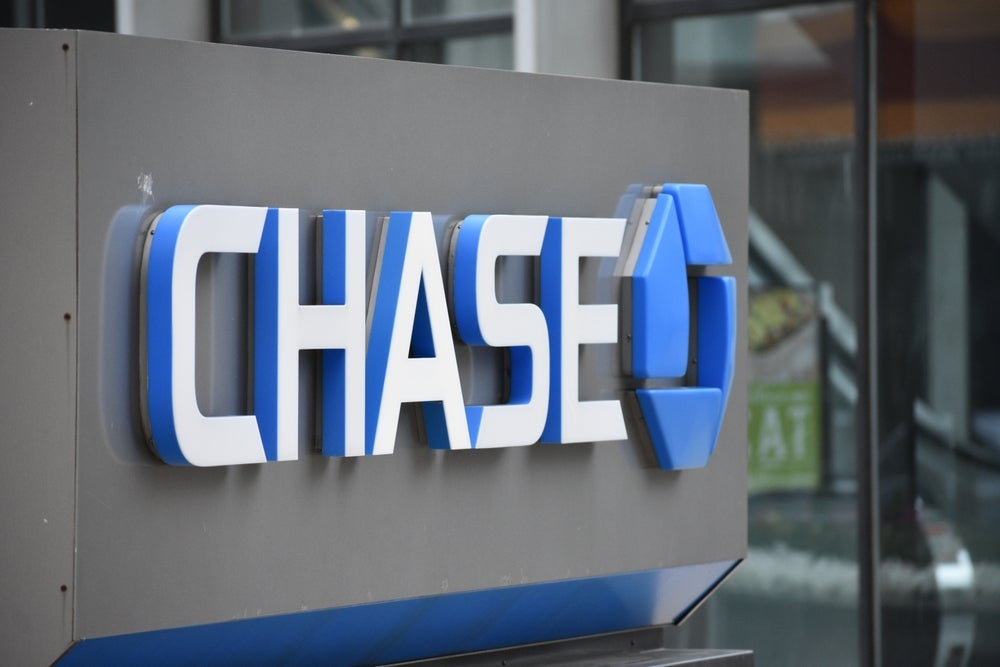
JPMorgan Chase has launched Finn, a mobile-only bank, making it the latest of several established banks around the world to create a purely digital sub-brand.
Banks are using this strategy to meet several objectives, including neutralising the threat posed by new, digital-only entrants. Will the Chase mobile bank do the same?
What is Chase Finn?
Finn, which has just been rolled out nationally across the US, offers a now-standard array of features for a digital bank, including fast onboarding and spending categorisation.
However, the Chase mobile bank savings features are noteworthy: users are presented with a wide range of automated savings options, such as rounding up transactions and saving the difference, and saving set amounts when spending at specified retailers or when transactions exceed a pre-determined value.
In addition, users can send, as well as deposit, cheques via the app (although it takes around a week for a cheque to be printed and posted).
Chase mobile bank
The launching of separate digital brands by established banks is now a mainstream trend, and JPMorgan Chase is following in the wake of providers such as Goldman Sachs, DBS, Wells Fargo, and Standard Chartered.
How well do you really know your competitors?
Access the most comprehensive Company Profiles on the market, powered by GlobalData. Save hours of research. Gain competitive edge.

Thank you!
Your download email will arrive shortly
Not ready to buy yet? Download a free sample
We are confident about the unique quality of our Company Profiles. However, we want you to make the most beneficial decision for your business, so we offer a free sample that you can download by submitting the below form
By GlobalDataIn the UK, RBS, Santander, and Virgin Money all plan to launch similar propositions by the end of 2018.
This strategy offers several key benefits for traditional banks. Because these offshoots are generally built on new platforms using the latest technology, they can offer enhanced services based on advanced data analytics, and respond to changing needs far more rapidly than their parent organisations which still depend upon legacy architecture.
Digital brands can act as laboratories for testing new products and features, while minimising potential risks to the parent brand
For example, UK and European banks that have to comply with open banking regulations can experiment with strategies such as marketplace banking through their sub-brands and roll these out across their main brands if they prove successful.
Fighting competition
Finally, and perhaps most importantly, digital sub-brands are ideally placed to tackle the competitive threat posed by new entrants. They will appeal to consumers who desire the reassurance of banking with an established provider, and will benefit from access to bigger and more secure funding from their parent, rather than having to rely on outside investors.
Creating digital sub-brands is therefore an ideal strategy for traditional banks to future-proof themselves against emerging threats and eventualities.








